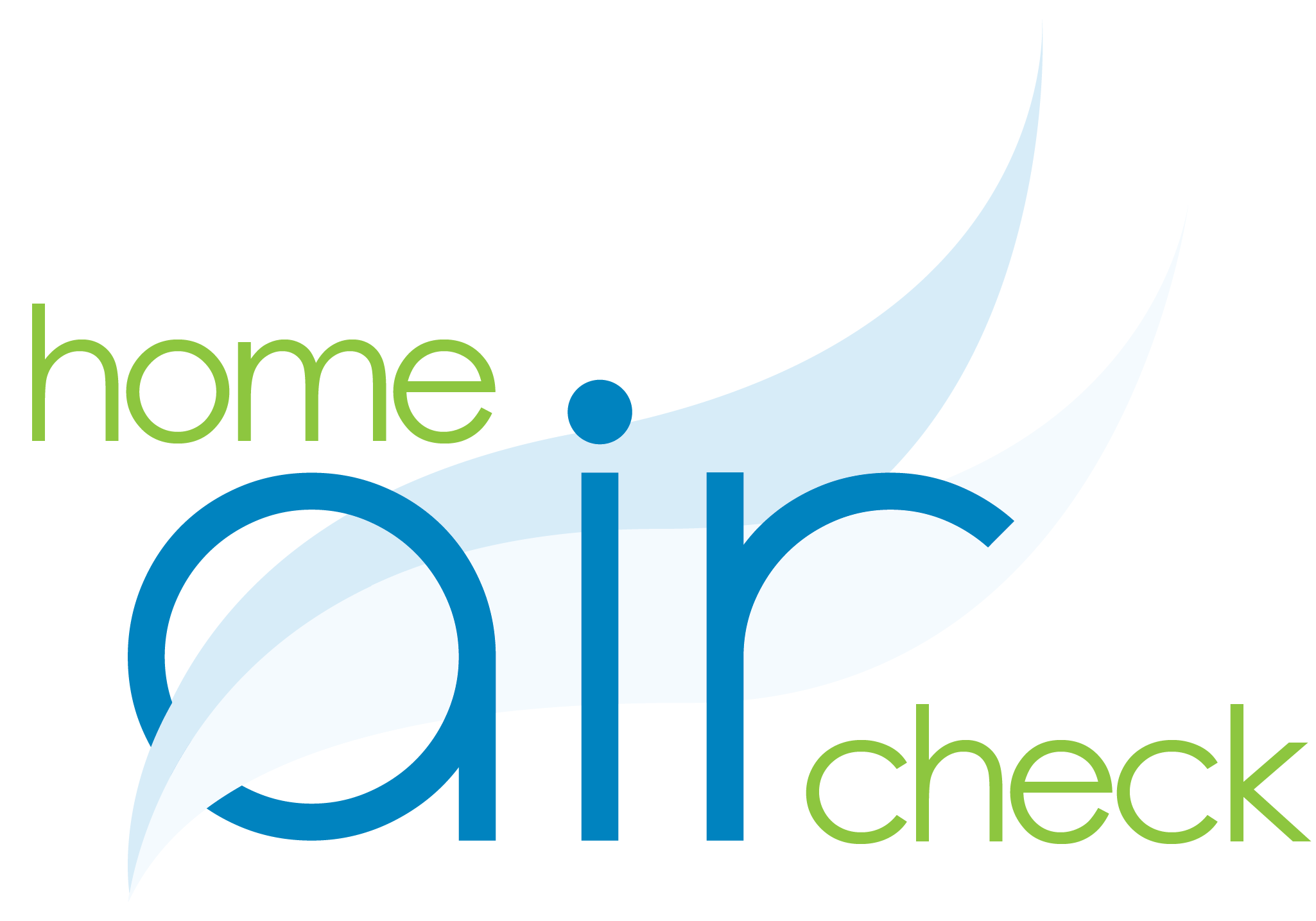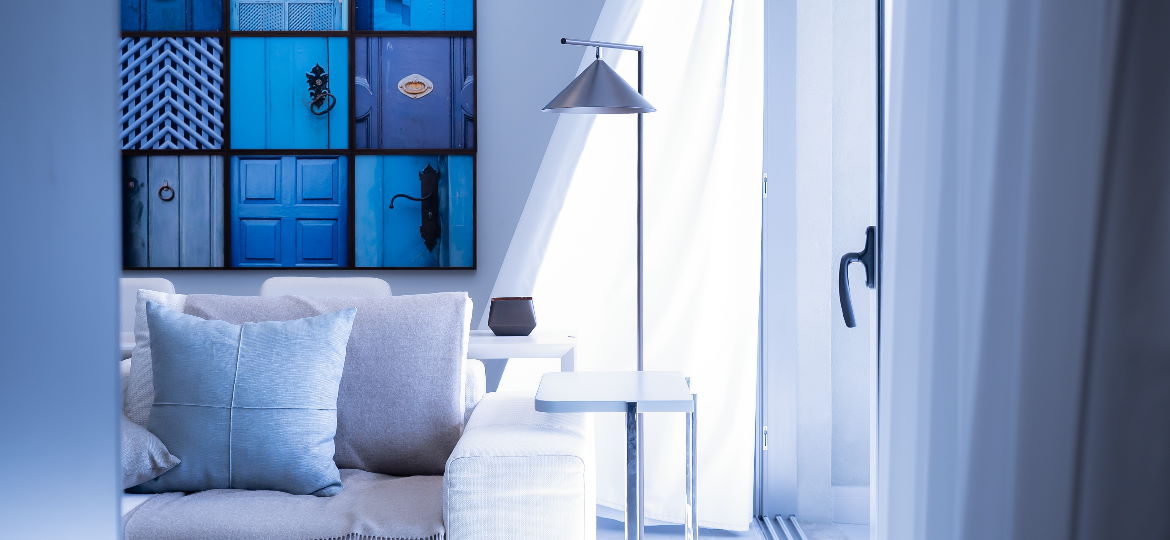5 Tips For Great Indoor Air Quality In the Summer
Great indoor air quality is such an important thing, and never more so than over summer. With warmer weather just around the bend, we thought it would be a good idea to provide you with 5 of the most helpful tips to improve your indoor air quality when the summer months eventually set in. So read on to find out how to keep inside your home, just as fresh as outside this summer!
1. Clean Your Floors Regularly
It’s probably not what you wanted to hear as our first tip, right? Nobody wants to bring the vacuum or mop and bucket out on a warm summer’s day when the humidity is high, but it’s essential that you do.
When the sun is up, everybody in your home will be spending more time outside, which is a good thing for your physical and mental health and wellbeing, but it does spell bad news for the air quality inside your home.
As people traipse in and out of your house all day, they carry allergens, pollen, and other ‘contaminants’ from outside into your home, and this can be bad for anybody in your house who struggles with allergies over summer.
Cleaning your floors regularly will help reduce these allergens and pollen within your home, and keep your indoor air quality good. So remember, clean your floors often to make sure that you’re keeping your inside space clean and comfortable for those with allergies.
Make sure to check out our 10 cleaning myths busted.
2. Watch Humidity Levels Closely
Depending on where you are in the States, and even the world for that matter, this tip might not be especially relevant to you but read on anyway because it wouldn’t do you any harm to invest in a dehumidifier.
For hotter climates and more humid spaces, this dehumidifier should probably be a whole home-based system, because when humidity rises above 50% your indoor air quality will drop dramatically. This is much more likely in warmer, more humid climates.
When humidity rises above 50%, mildew and mold begin to thrive. So much so, that it can begin to affect your indoor air quality. Insects also thrive in more humid conditions, and many people fail to recognize the effect that insects can have on allergies too – so bear this in mind.
A dehumidifier system that tackles your whole home is a good idea because it can help keep humidity levels below 50% in your home, making your indoor space less attractive to insects, and stopping mold and mildew from contaminating your air quality.
In climates where humidity levels don’t often reach 50%, it’s still a good idea to have a dehumidifier of some kind. Again, a dehumidifier system across your whole house can make being indoors more comfortable, but even store-bought dehumidifiers can help too if you’re in a pinch.
It’s fine to use tap water, but if you notice pink mold in the reservoir or fine white dust spaying out along with the cool mist vapor you might have hard tap water. Make sure you check what kind of water is best for a humidifier.
3. Be Mindful Of Ventilation
When the air remains over an area for an extended period, this is called “stagnant air.” Stagnant air is hot and moist—the latter of which can grow mold. If you take a lot of (really) hot showers or boil a lot of broth, that hard-to-breathe-in steamy air that comes after is an example of stagnant air. It’s another factor why mold appears in bathrooms and kitchens often. Fortunately, by opening a window or turning on an exhaust fan you can get rid of stagnant air.
If you don’t have a ventilation system of any kind in your home, don’t panic. Natural ventilation works just as well. Be sure to open windows and doors to let stale air out (especially if you’ve been using an air conditioning system regularly – remember, this only cools the air, it doesn’t improve the quality in any way because it essentially recycles the same air over and over again).
Be warned though. Natural ventilation should only be used on mild days, when humidity is low, and pollen counts too. If it’s a high pollen day and you throw open your windows and doors, you might as well be standing outside with a sign saying ‘poor air quality welcome inside’. Do keep your home well ventilated, but be mindful of when you choose to do it!
4. Remember Your Pets
This circles back to our earlier point about contaminant, pollen, and allergens being brought in from outside on the shoes of your family and guests, but what about your pets?
Don’t forget that when they head outside, they’re exposed to all of these things too – and they will bring them into your home and decrease the air quality indoors as a result.
Remember to have your pets groomed regularly. Long fur is perfect for pollen and allergens to latch on to and become tangled in. Then when your beloved pet comes inside and lounges around the house, everything they have brought in with them will rub on to your carpet, furniture, and clothes.
Grooming them regularly, washing their paws, or even just a quick brush before you let them back inside can all go some way to helping improve the air quality inside your home.
5. Invest In Indoor Plants
Not only do indoor plants look great, they help bring the outdoors in, and really improve the general aesthetics of a room, but they’re great for indoor air quality too.
For those of you who might be resistant to the more ‘unnatural’ routes we’ve described above such as dehumidifier systems and ventilation systems, then indoor plants are a great natural alternative.
All plants create oxygen. Whilst they do this in your home, they actually help to remove toxins and other contaminants from inside and convert them into oxygen.
The more oxygen you have, the fresher your air, and the fresher your air, the better your indoor air quality will be. It really is a win-win.
Wrap Up
Hopefully, the above 5 tips have given you something to think about ahead of the summer months. If you remember to just be sensible, be mindful of pollen and allergens and how they might enter your home, and take active steps to reduce this risk, then you can guarantee that your indoor air quality will be much better for it this summer!
Exclusively written for homeaircheck.com
By Jenni Brittie



1 Comment
[…] to live is always a good investment. If you want to know the complete list of things you can do to improve your home’s air quality, read […]
Comments are closed.